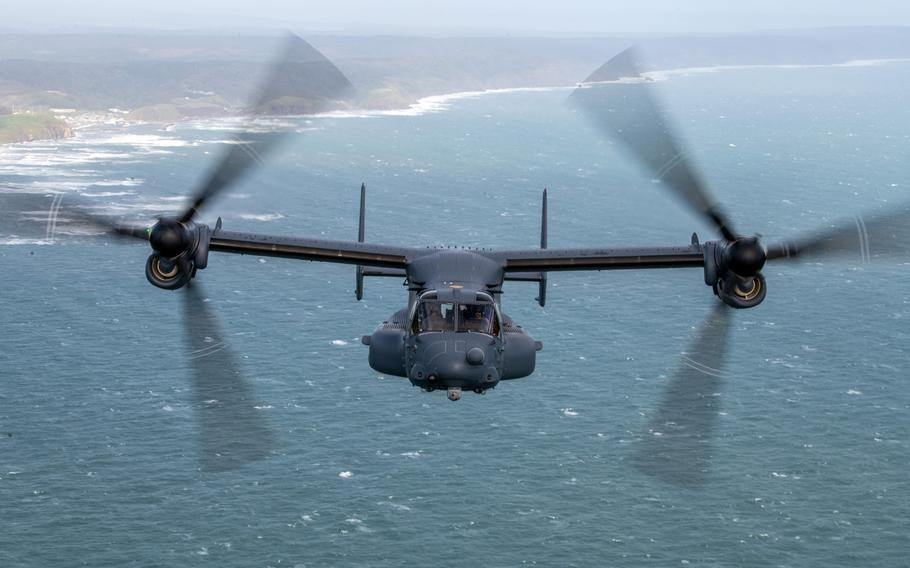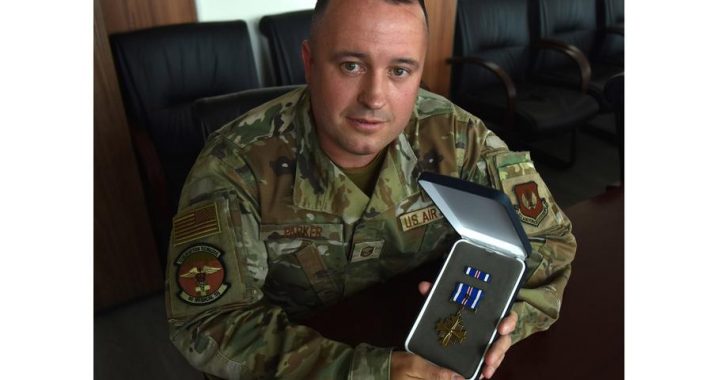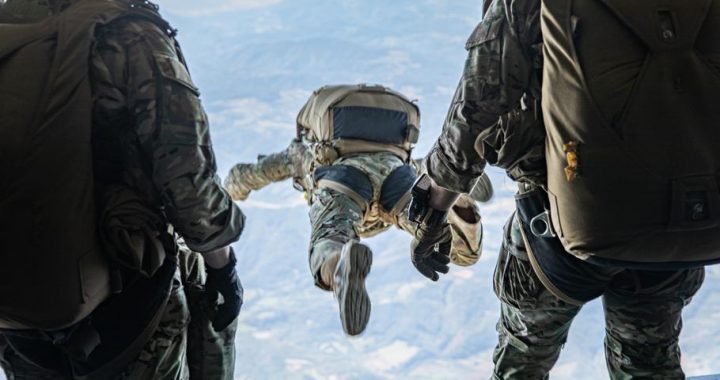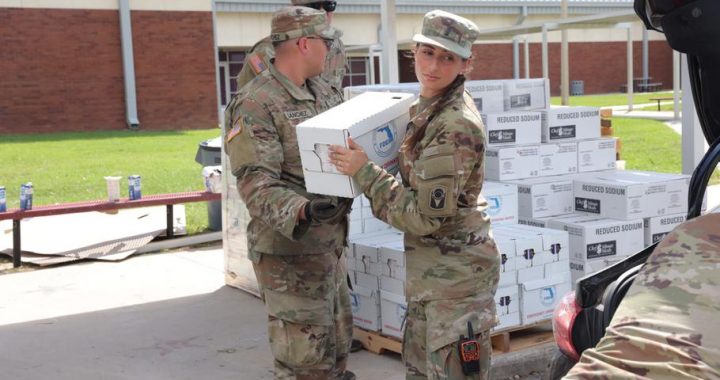Unspecified number of US military’s Ospreys grounded pending part replacement
2 min read
A CV-22 Osprey from the Air Force’s 21st Special Operations Squadron flies over Hokkaido, Japan.
Some V-22 Ospreys across three services have been grounded until a part related to an ongoing mechanical issue can be replaced, officials announced over the weekend.
The action affects an unspecified number of the tilt-rotor aircraft used by the Air Force, Marine Corps and Navy that have reached a certain number of flight hours, the Navy said in a statement Saturday.
Once the part is replaced, the grounded Ospreys will be returned to flight status, the Navy said.
There are 296 Ospreys in the Marines’ active fleet, and 52 in use by Air Force Special Operations Command, Defense News reported Sunday. The Navy is in the middle of receiving 44 of the aircraft, according to the news site.
It’s unclear how many of those need the repair or what the flight time limit is. But the V-22 Joint Program Office recommendation to ground some of the aircraft came after an increase in “hard clutch engagement events and ongoing engineering analysis,” the Navy said.
A hard clutch engagement happens when the clutch in a gearbox that connects one of two engines to the propeller rotor slips and then suddenly reengages, causing the aircraft to lurch.
After two incidents last summer, the Air Force grounded all its Ospreys in August, but the Marines and Navy continued flying the aircraft.
The Air Force subsequently resumed flying Ospreys a couple of weeks later after putting risk control measures into place.
Ospreys can take off and land like a helicopter, but once airborne they fly horizontally as a turboprop aircraft.
The Navy’s version, the CMV-22B, functions as support to aircraft carriers, transporting personnel, mail, supplies and other cargo, according to the Navy’s website.
The service started accepting delivery of its Ospreys in 2020, according to manufacturer Boeing.
The company began delivering Ospreys to the Marine Corps and the Air Force in 2007 and 2009, respectively, according to its website.





